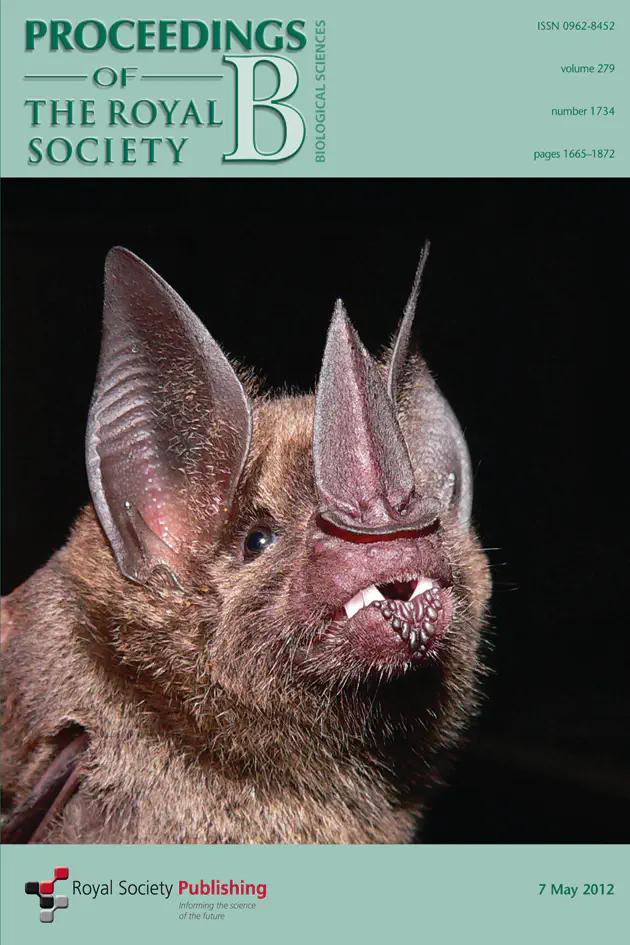Morphological innovation, diversification and invasion of a new adaptive zone
 Photo credit: S.E. Santana
Photo credit: S.E. Santana
Abstract
How ecological opportunity relates to diversification is a central question in evolutionary biology. However, there are few empirical examples of how ecological opportunity and morphological innovation open new adaptive zones, and promote diversification. We analyse data on diet, skull morphology and bite performance, and relate these traits to diversification rates throughout the evolutionary history of an ecologically diverse family of mammals (Chiroptera: Phyllostomidae). We found a significant increase in diversification rate driven by increased speciation at the most recent common ancestor of the predominantly frugivorous subfamily Stenodermatinae. The evolution of diet was associated with skull morphology, and morphology was tightly coupled with biting performance, linking phenotype to new niches through performance. Following the increase in speciation rate, the rate of morphological evolution slowed, while the rate of evolution in diet increased. This pattern suggests that morphology stabilized, and niches within the new adaptive zone of frugivory were filled rapidly, after the evolution of a new cranial phenotype that resulted in a certain level of mechanical efficiency. The tree-wide speciation rate increased non linearly with a more frugivorous diet, and was highest at measures of skull morphology associated with morphological extremes, including the most derived Stenodermatines. These results show that a novel stenodermatine skull phenotype played a central role in the evolution of frugivory and increasing speciation within phyllostomids.